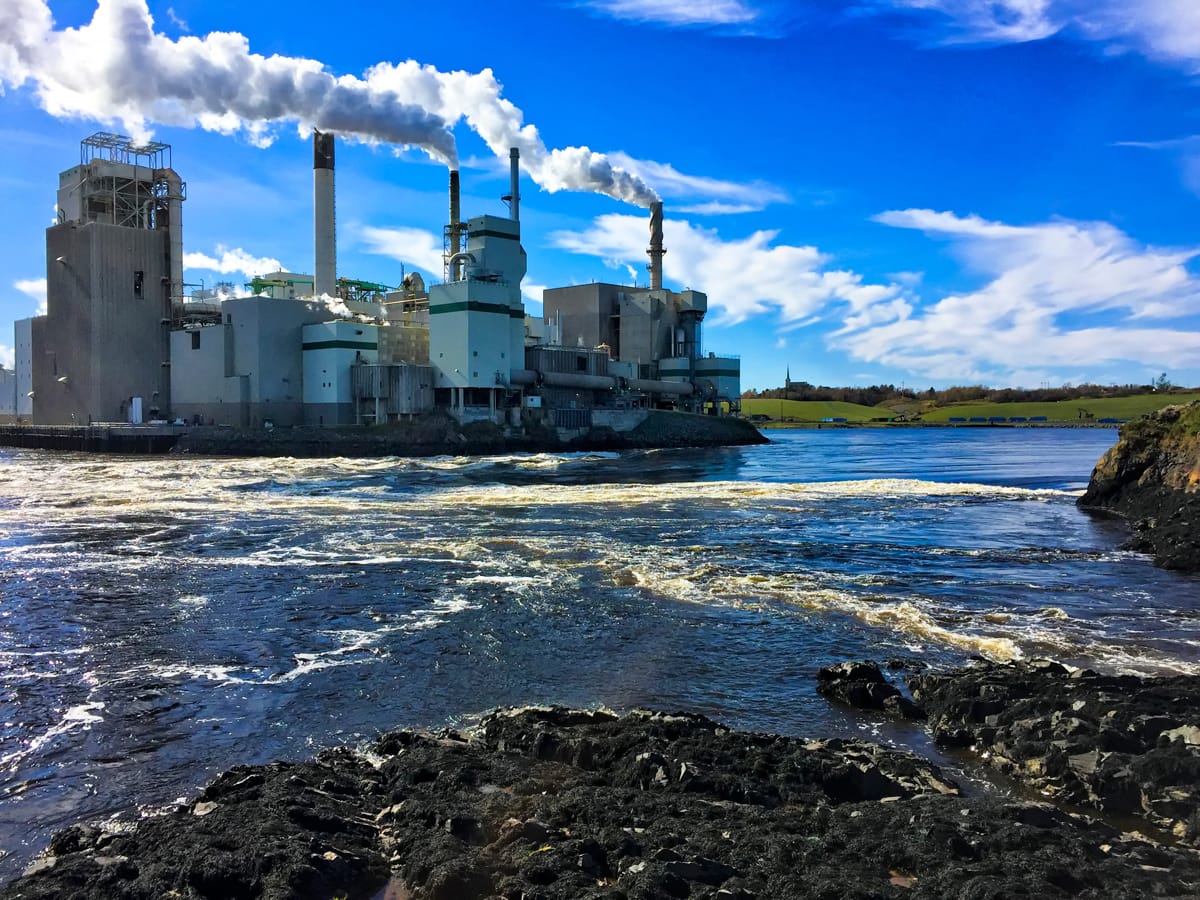The “Forever” Chemical in your Drinking Water

Say it with me—polyfluoroalkyl. It’s a new harmful contaminant being studied by the U.S. Centers for Disease Control and Prevention (CDC), and it’s the newest harmful contaminate that might be in your drinking supply. Recently, the CDC made plans to conduct a study to uncover more details about this new “P” word, and the anticipated results aren’t looking great for many communities across the country.
WHAT IS A POLYFLUOROALKYL SUBSTANCE?
Polyfluoroalkyl substances (PFAS) are a group of over 5,000 chemicals developed in the mid-20th century and used for their water, oil and heat resistance. Today, this family of chemicals (two popular of which are PFOS and PFOA) have nonstick qualities that prove attractive to manufacturers of some food wrappers, umbrellas, tents, carpets, firefighting foam, plastic, rubber and wire insulation. So, what’s that got to do with water?

PFAS have earned the affectionate nickname, “forever chemicals” because of their inability to break down. That means in the environment…and the human body. In fact, according to an article by NPR, PFAS have been shown to stay in the human body for almost decades. And since this chemical has been found across a wide variety of forms in the U.S., it has found its way into our soil, and consequently, our drinking supply.
What’s worse is that out of thousands of PFAS chemicals, those two compounds mentioned above, PFOS and PFOA, have “advisory levels” established by the EPA for drinking water. Those levels are 70 parts per trillion.
RESEARCH SUGGESTS DANGER
While there have been no recent studies considering the adverse effects of PFAS, a science panel in 2005 filed a class action lawsuit against DuPont, a chemical company, suggesting that thousands of people in West Virginia and Ohio experienced negative effects from their release of a PFAS chemical called PFOA. This lawsuit was covered in a revealing documentary by Stephanie Soechtig called “The Devil We Know.” According to NPR, and in the documentary, the panel found a “probable link” between long-term exposure to PFOA and kidney cancer or thyroid disease.
West Virginia and Ohio aren’t the only states dealing with this serious contaminate. An article by the Detroit Free Press found that PFAS may be polluting the water of more than 11,000 Michigan cities this year. In one case, Sandy Wynn-Stelt, a resident of Belmont, Michigan, was exposed to 76,000 parts per trillion in her tap water—the very chemical linked to cancer and various other ailments.

Wynn-Stelt learned that her well water had been tainted by groundwater contamination from a landfill nearby. But it wasn’t just garbage that sent a plume of PFAS into her water. It was the fault of Wolverine Worldwide, an iconic shoe and leather company, who had been dumping sludge from its tannery in that landfill for a decade. Its bread-and-butter were Hush Puppies shoes that were treated with ScotchGard for water resistance—something only possibly by using PFAS.
According to Detroit Free Press, this has been MIchigan’s most serious environmental crisis since the 1973 PBB disaster. What’s scariest about this situation is that there is little understood about PFAS compounds as a whole. One thing that is for certain, however, is that some PFAS chemicals have been linked to cancer, liver conditions, thyroid and pancreas problems, ulcerative colitis, hormone and immune system interference, and many, many more. In addition, toxicologist, Jamie DeWitt, published a study on humans and rodents that linked the exposure to PFOA to suppression of the body’s response to vaccines.
Ever since these findings, it has raised important questions about not only the quality of our water, but the regulations that maintain it. If PFAS chemicals act negatively in the body, how do we regulate them?
DON’T RISK EXPOSURE
Though the current rate of research won’t likely give us any answers for another two years, it’s important to understand the gravity of the situation. EWG analysis of EPA test data suggests that almost 110 million Americans have been exposed to tap water contaminated with PFAS. Keep in mind, there is no legal limit to this chemical that could potentially stay inside your body for decades.

Luckily, there are other options. For starters, opting for a purified water source, such as Primo® Water, is your best option for avoiding PFAS, and other harmful contaminates, altogether.
Primo® Water undergoes a 5-step Reverse Osmosis (RO) purification process to ensure that harmful contaminates never reach your glass, much less your lips! So, don’t worry about lead, bacteria, trace pharmaceuticals or pesky PFAS. Drinking Primo is this safer, better option for hydration, hands down.
But another option transcends water altogether. Instead, it’s all about taking action. Congress is currently considering legislation that would force the EPA to start cleaning up PFAS chemicals, as well as suing the polluters who release them into the environment. In order to rid our water supply of toxic PFAS for good, it’s imperative that this bill pass. So, pick up your phone and urge your state representative to support the PFAS Action Act of 2019—your health, and the health of our country, could depend on it.
So, what do you say? Let’s act now, and find the Primo® Water retailer near you.
